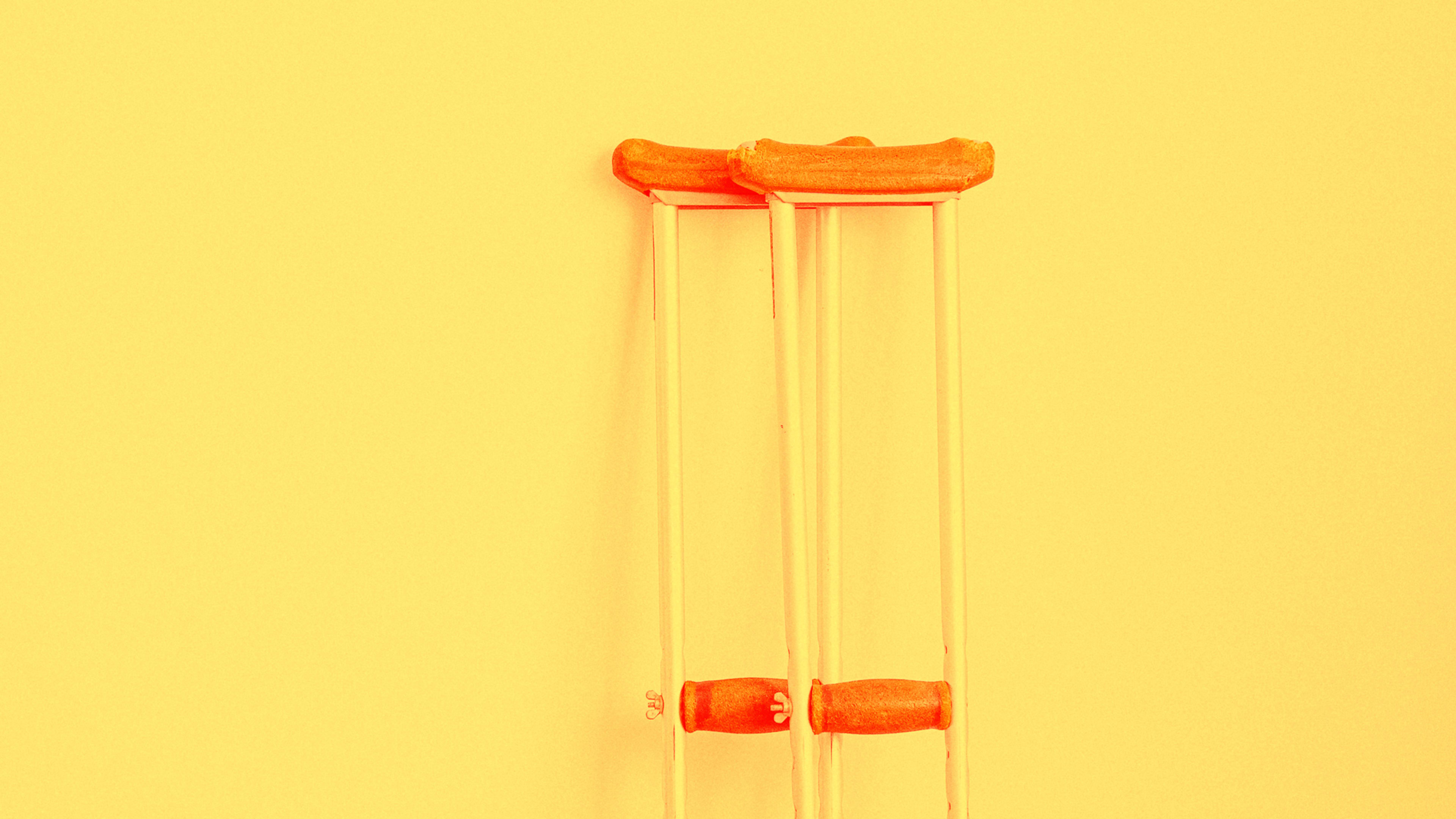Much of the discussion about disability at work centers around the 61 million adults in the U.S. that the Centers for Disease Control and Prevention (CDC) classifies as disabled. This is a significant part of the population (about one in four Americans). And despite the fact that the Americans with Disabilities Act (ADA) has been in place for nearly 30 years, most companies are still behind in building inclusive workplaces for people with disabilities.
While there is still a lot of work to be done for people with long-term disabilities, another group is fighting a different battle: those with short-term or temporary disabilities. According to Simply Insurance, nearly 6% of Americans experience a short-term disability each year, and around 40% of those people will have their applications for disability insurance declined. That may be due in part because what classifies as short-term disability, and who is eligible to take time off from work is complicated to navigate.
There are a lot of limitations
Short-term disability is an insurance benefit that usually provides a fraction of your income (about 50% to 60%) for a limited time (usually up to about six months). It’s designed to cover a non-job-related injury or illness that makes a person unable to work. (If an injury happens at work it should be covered by workers’ compensation, not short-term disability ).
The catch is that most employers aren’t required to provide short-term disability coverage (there are only five states where it’s mandated: California, Hawaii, New Jersey, New York, and Rhode Island). But many employers choose to offer coverage because they receive a federal tax deduction if they do.
The complex battle of what “counts”
Broadly speaking, there isn’t one standard definition for a short-term disability, which can make things really tricky for workers.
The general parameters are that a short-term disability is something that makes someone unable to do their job, like pregnancy or childbirth, major surgery, or an illness or accident that requires frequent treatment. But because there is so much grey area, many people find themselves unable to work but battling to try to keep their jobs and retain a portion of their income.
Take pregnancy and childbirth for example. The Pregnancy Discrimination Act of 1978 prohibits discrimination based on pregnancy, childbirth, or related medical conditions. But if someone is passed over for advancement or demoted or fired, it can be a long, expensive, and often losing process for an employee to prove that it was the pregnancy or birth itself that was the reason. For an example of what the process is like, read Pavithra Mohan’s interview with Chelsey Glasson who sued Google for pregnancy discrimination last year.
Since the U.S. still doesn’t have paid parental leave, many women try to use short-term disability coverage to patch together maternity leave, but that too comes with complications. Again, it depends on the individual company’s plan. Many plans offer different amounts of time off for a vaginal birth versus a C-section, and some employers exclude maternity leave from their short-term disability plan altogether.
All of this is perfectly legal so long as a company isn’t telling an employee outright that they are fired because they gave birth. A company can require that a woman come back to work when they are technically physically able to even if it may still be unhealthy for them to do so.
What about COVID-19?
Mohan has also reported on the small but growing number of COVID-19 “long haulers:” people who have symptoms of COVID that last months or longer. Since the long-term effects of the illness are still so unknown, proving it even to doctors can be hard. As Mohan wrote, “it can be especially difficult for employees to state their case [to their companies] if they haven’t been hospitalized or don’t have a positive test result for the virus.” This means that many COVID-19 long haulers might end up with symptoms like constant body aches or brain fog, but because their illness isn’t understood or believed they might end up losing their jobs if they are unable to work.
How mental illness fits in
Mental illness is often overlooked and underdiagnosed in the U.S. but it’s technically protected under the ADA and conditions like postpartum depression can be considered short-term disabilities. But again it’s an area that’s misunderstood by many employers and puts a large burden of proof on the employee who is suffering.
As more companies are looking at how to build a more inclusive workplace, and therefore a more happy, productive, workforce, which breeds a more successful and profitable business, they need to take into consideration the needs of the people who do the work. A complicated patchwork system that puts an undue burden of proof on people at times when they are in distress isn’t the way to get there.
You can listen and subscribe to The New Way We Work on Apple Podcasts, Google Podcasts, Stitcher, Spotify, RadioPublic, or wherever you get your podcasts.
Recognize your brand’s excellence by applying to this year’s Brands That Matter Awards before the final deadline, June 7.
Sign up for Brands That Matter notifications here.
